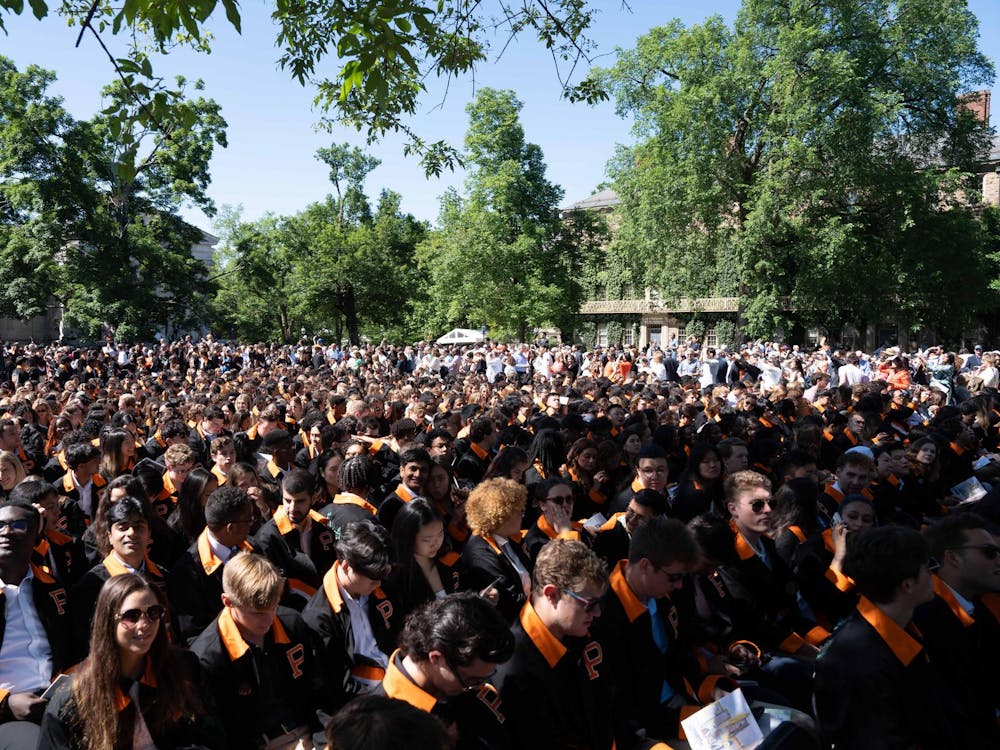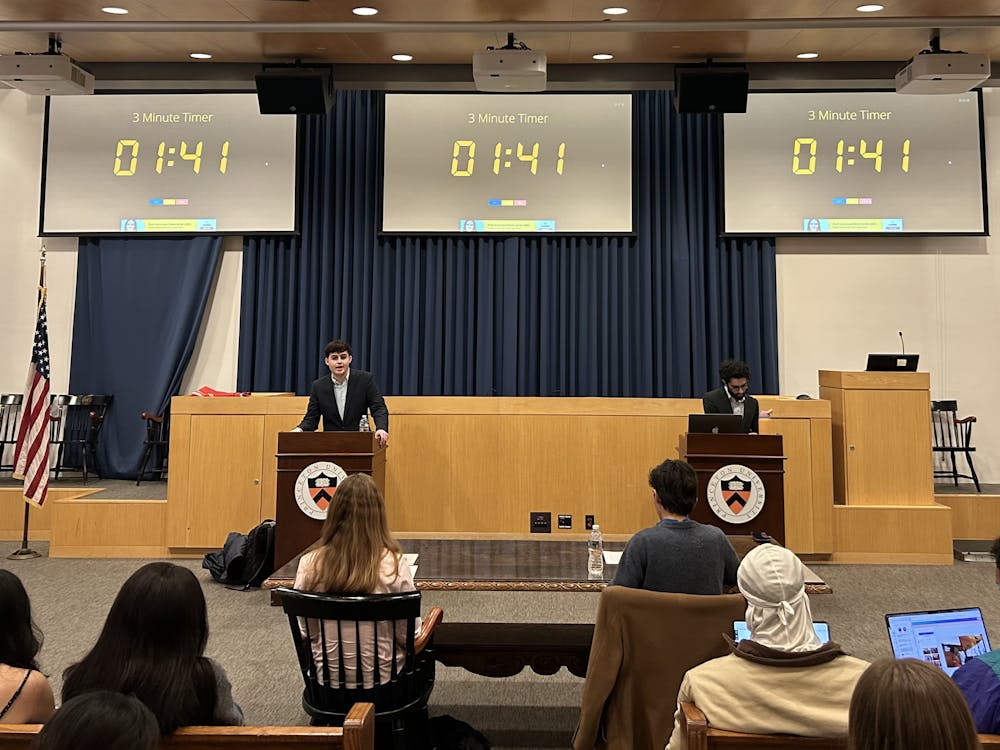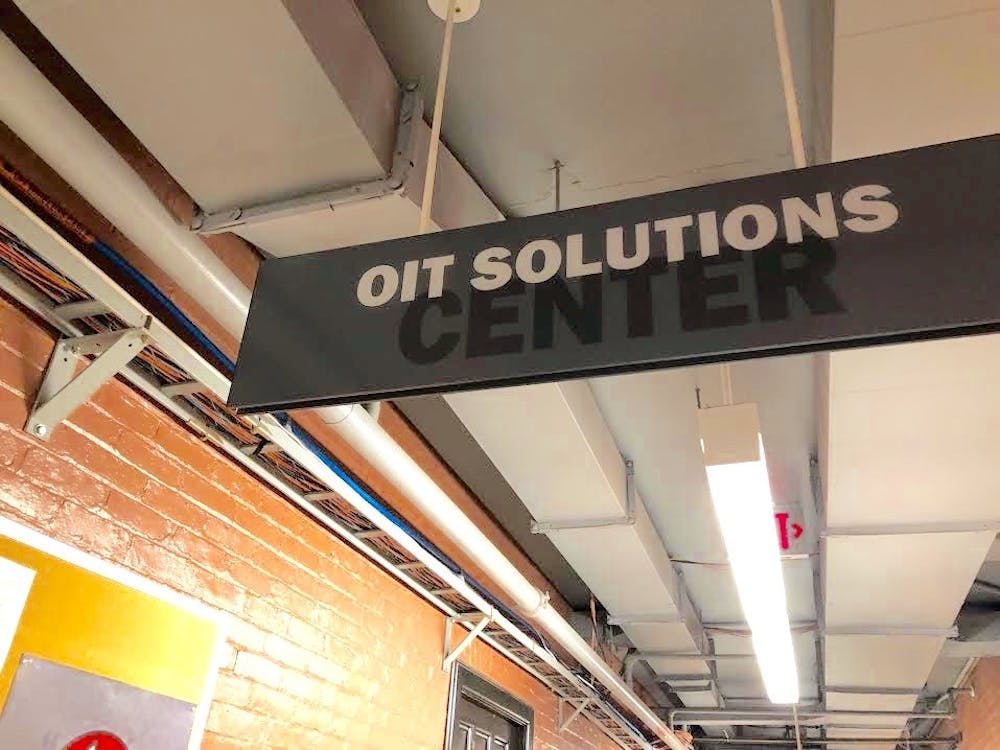A Phi Delta Kappa/Gallup poll conducted last fall on community attitudes toward public schools reveals that 77 percent of Americans blame the academic achievement gap between poor students and their higher-income peers on factors unrelated to the quality of their schools. This finding was consistent with the results of the same poll the year before, which found that the public rated lack of student motivation, lack of parental involvement and home-life issues as the three biggest factors in causing the achievement gap. Yet it is striking that alumni of Teach For America, who have themselves spent at least two years working with students and families in urban and rural areas, hold a different view.
When asked the same questions, our corps members respond that the top-three factors contributing to low educational outcomes are teacher quality, school leadership and expectations of students. What they have discovered is that while societal inequities and poverty create additional challenges for their students, it is possible to provide them with educational opportunities that result in a high level of engagement and achievement.
When Shannon Dingle, a communications major from the University of North Carolina, began teaching in the Rio Grande Valley in Texas, her sixth grade special education students tested between the pre-K and second grade levels. By helping her students understand that they could learn if they were taught differently and exerted extraordinary effort, investing them with clear academic goals and going above and beyond traditional expectations to help them reach those goals, Shannon was able to ensure that her students, who had progressed so little in six years of schooling, made between three and four year of progress in reading and writing in just two years.
Shannon's students faced extraordinary challenges — because they are from a migrant community, some would only spend between November and April in school, for example. Many came from houses without running water. But Shannon found that when provided with opportunities to overcome these challenges, her students were willing to work incredibly hard in order to achieve academically. Shannon's experiences show that, as important as it is to take the pressure off schools by improving socioeconomic conditions in our urban and rural communities, it is also possible in the meantime to build an education system that puts children facing the challenges of poverty on a level playing field with children in more privileged communities.
It is possible to ensure that all of our nation's children, regardless of where they are born, have the opportunity to pursue their dreams. While seeing the disparities in our nation motivated the creation of Teach For America, it is seeing examples like hers in communities across the country, that has led to our sense of urgency to take this effort to a higher level.
We need every additional person with the leadership qualities Shannon possesses to channel just two years into teaching our nation's most disadvantaged kids and take the insight and conviction gained through that experience into civic life — to challenge the prevailing ideology in our nation and change our national priorities, policies and practices.
It is possible to put children facing the challenges of poverty on a level playing field with students in wealthier areas. The only question is whether the most promising future leaders among you will decide to lead us to that day.
Wendy Kopp '89 is the founder and president of Teach For America and a member of the Class of 1989. More information about the organization can be found at teachformaerica.org.







